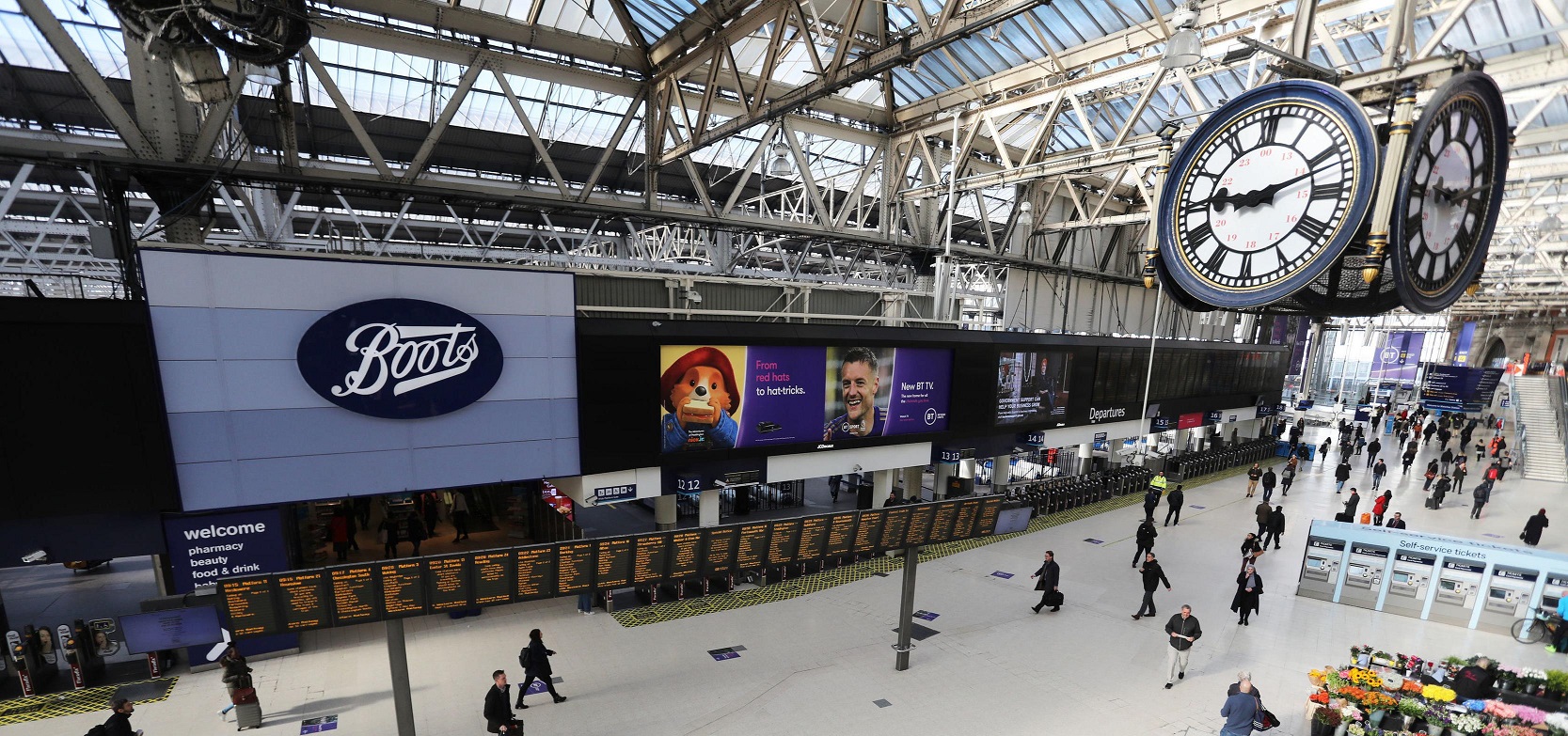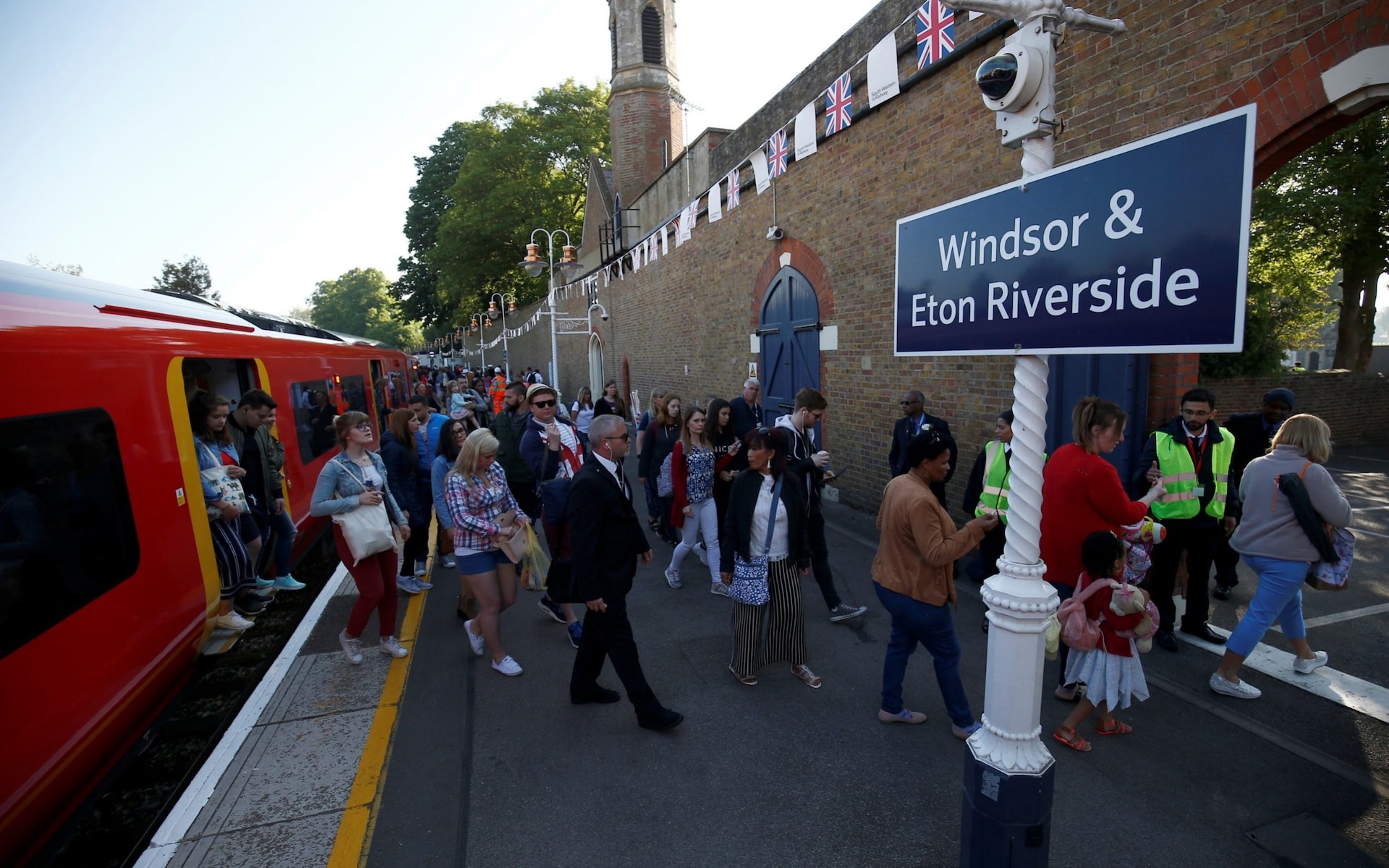The Windsor Link Railway is working on what we hope will be a new chapter of Windsor history. As we start the new year, is worth reflecting on how the railways first came to this town and how they defined and indeed saved Windsor as we know and love it today.
The hero of the Story is Robert Tighe, a local businessman. As well as leading the campaign to bring the railways to Windsor, described below, this was just one part of a wider scheme to improve Windsor, the town and the parks for everyone. He did such a good job that, whilst not everything he proposed happened, in large part Windsor today was defined by him. Some still valid lessons emerge:
- A good plan doesn’t just enable change, it also improves conservation and in this case protected Windsor from the uncontrolled development that befell many other towns near London
- The railways were a catalyst for much other improvement of Windsor
- Many of today’s most cherished buildings, streets and public parks are a direct result of the railways
- Many of the less salubrious parts, such as slums in the castle ditch were addressed simultaneously
- The 1845 project was a private initiative (like WLR today) with the active support of the new, representative, council
Let‘s look at the story…
Democratic local government in Windsor dates from the Municipal Corporations Act of 1835, which gave every qualifying resident of three years or more a vote. The council of New Windsor then had two wards and 18 councillors, who in turn elected 6 aldermen (similar to what we today call lead members).
Maurice Bond, in The Story of Windsor, writes:
The reformed and elected Council seems to have displayed little reforming zeal within its own area. But in one sphere, and that a vital one, is was enormously active and ultimately triumphant: that of transport. The railways came to Windsor in 1849 with the opening of a branch line from Slough by the London and Great Western Company. And, if some of Windsor’s leading citizens had had their way, Windsor would have had a railway before even Victoria had come to the throne.
There were many competing ideas for Windsor. The first, which was said to have the support of the Crown, involved horse-drawn coaches on a track which would have approached Windsor from Colnbrook, terminating ‘at the back of the town’ very close to where WLR proposes the new combined railway station. A much more ambitious scheme was for the main line from Paddington to go via Windsor, with a tunnel under the Long Walk. Another idea was the atmospheric railway – Victorian for ‘green’ – but this was rejected by Parliament. Bond continues:
The decision left Windsor councillors in a dilemma; there was a main line to the north, the Great Western; another to the south, the South Western. With which of the great companies should townspeople ally? Public meetings that became disorderly, a local poll and then a grand parliamentary battle saw both schemes steadily advancing during 1847 and 1848, allied with a Town Approaches Bill picked up from Robert Tighe’s proposals in order to placate the Crown authorities. By the end of 1849, Windsor had attained two branch lines and (by 1851) two railway stations, one on the riverside, the other under the walls of the castle. The South Western Company paid the Commissioners of Woods and Forests £60,000 ‘towards the expense of constructing the said roads and bridges and of widening and improving Thames Street and High Street Windsor’ and the Great Western Company paid the Crown £25,000 for the surrender of Crown land in Windsor and Eton. In addition, three new roads and two new bridges were authorised.
On many counts the railway decisions on 1849 were crucial in Windsor’s history. Firstly, Windsor became suburban rather than provincial. After December 1849, Windsor residents could catch an 8.05 train and arrive at Paddington in an hour, or, an 8.45 train and arrive at Waterloo at 9.40. Commuting began and, ever since, many Windsor people have led a split life, working in London and sleeping in Windsor. They have additionally had the great advantage of shopping in London, enjoying its concerts, exhibitions and sporting events. Never very conscious of its county status, Windsor turned even more than previously away from the county town of Reading and became London oriented and, to some extent, cosmopolitan.
Secondly, the tourism established in the 14th century suddenly became very big business indeed. Where coaches could only bring dozens, railway trains brought hundreds, and as the British railway network evolved, excursions could come on day-outings from distant cities in the Midlands. Until the development of motor cars before the First World War and of ‘charabancs’ in the 1920s, the railways were the nation’s link with Windsor (and vice versa). On 23 November 1849 the royal household travelled by train from Windsor for the first time, and thereafter monarchs, ambassadors and cabinet ministers habitually made use of the two Windsor railway branch lines, which from time to time became key elements in great public ceremonies such as Royal Funerals. The railways vastly increased Windsor’s national status.
Thirdly, and this must have been in the councillors’ minds from the 1830s onwards, the many transient railway visitors needed Windsor’s service industries; they bought souvenirs, guidebooks, meals, drinks in the town, increasing the prosperity of the leading Windsor tradespeople. Not until the 1920s was there any serious demand for local industry; the drapers, grocers, stationers and innkeepers of Windsor were being kept very reasonably employed.
Lastly, 1849 dramatically changed the appearance of Windsor. It gave Windsor (in two stages) its best Victorian buildings: Sir William Tites South Western Railway Station of 1850, with diapered bricks and a fine royal waiting room partly imitated from Henry VIIs Chapel at Westminster Abbey; and the late Victorian Great Western Station reconstructed in 1897, with luxurious accommodation for the Royal Family. The somewhat squalid tenements in the Castle ditch were demolished, revealing the splendid 13th century western walls of the Castle. Park Street was terminated at the Long Walk and the mile-distant Albert Road substituted to the south for the Frogmore Road to Staines. The process, started by Edward III, by which the castle acquired a large area of private estates, was completed, and the borough became essentially a fairly tightly confined area bounded by the royal estates and the river. This may have been cramping by comparison with the time when Windsor people had once enjoyed property entirely surrounding the Castle Hill; but it saved 20th century Windsor from the unplanned and overwhelming suburban exploitation suffered by many ancient towns and villages west of London.
The pictures above are taken from A Letter to the Right Honourable Earl of Lincoln on the present state and direction of the roads intersecting the Parks and Grounds of Windsor Castle, and on the thoroughfares of the town of Windsor with suggestions for their improvements by Robert Richard Tighe, Esq.






